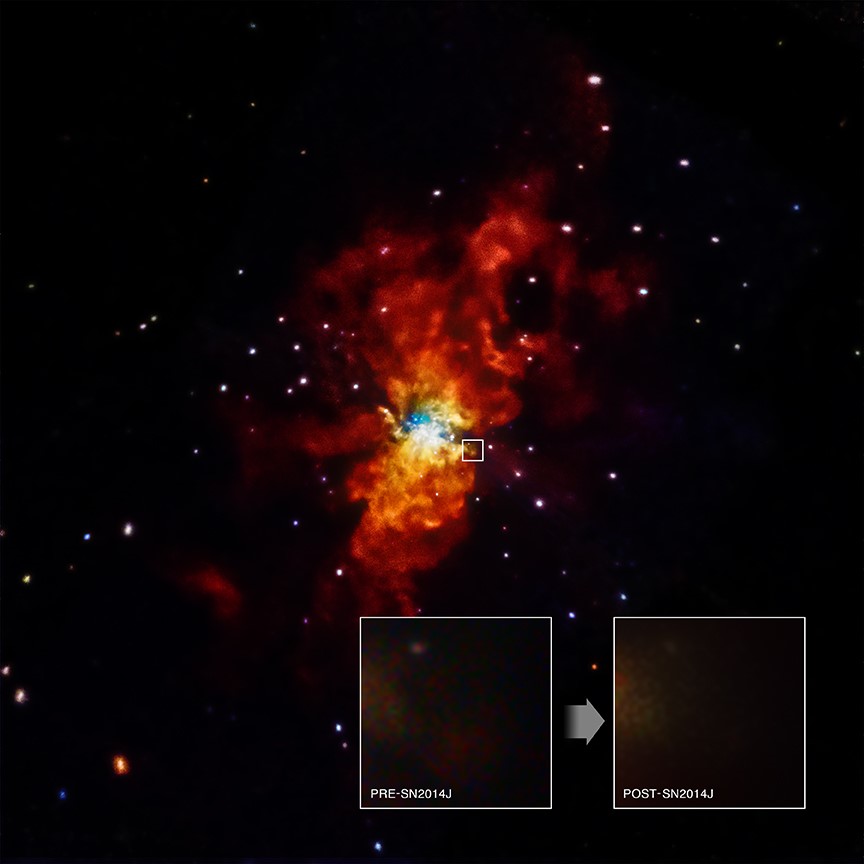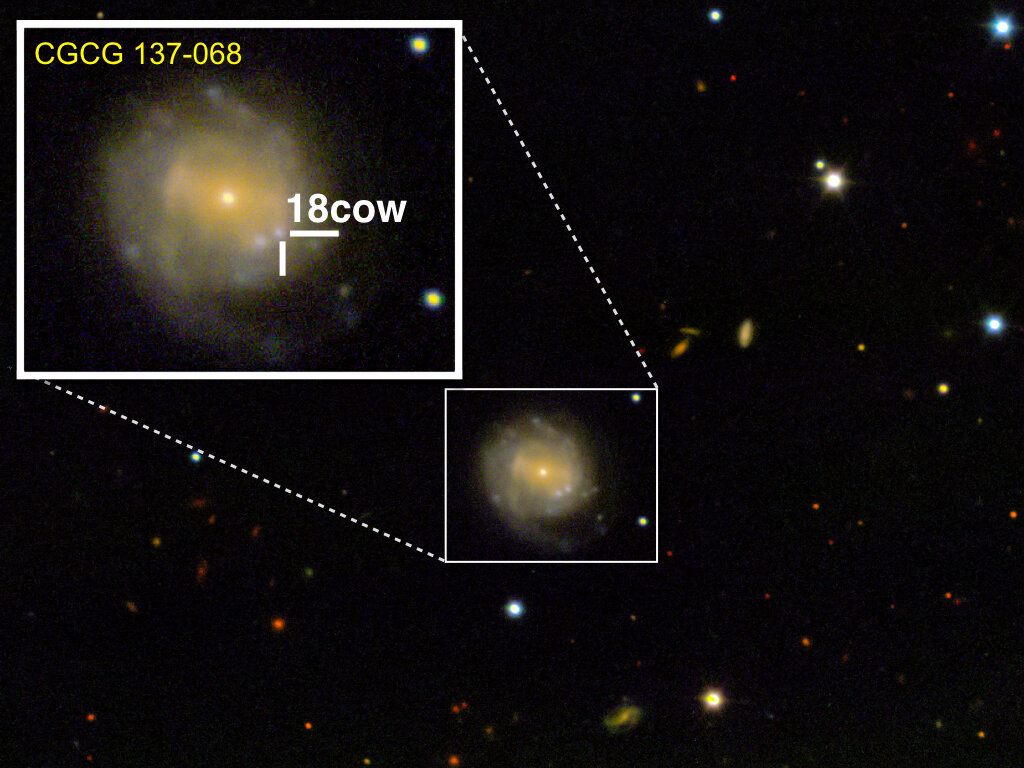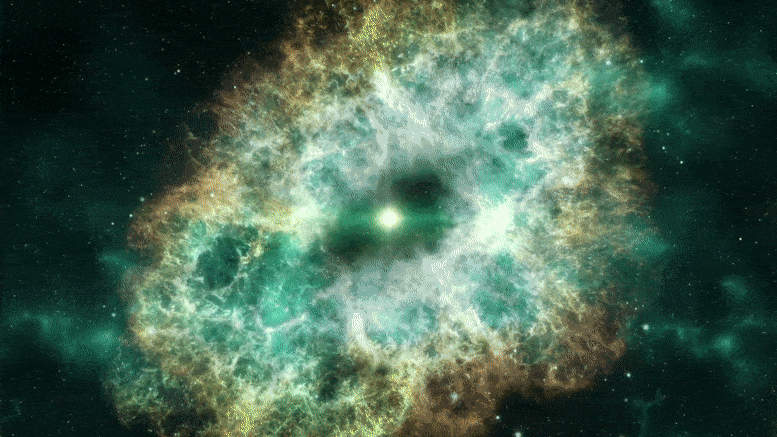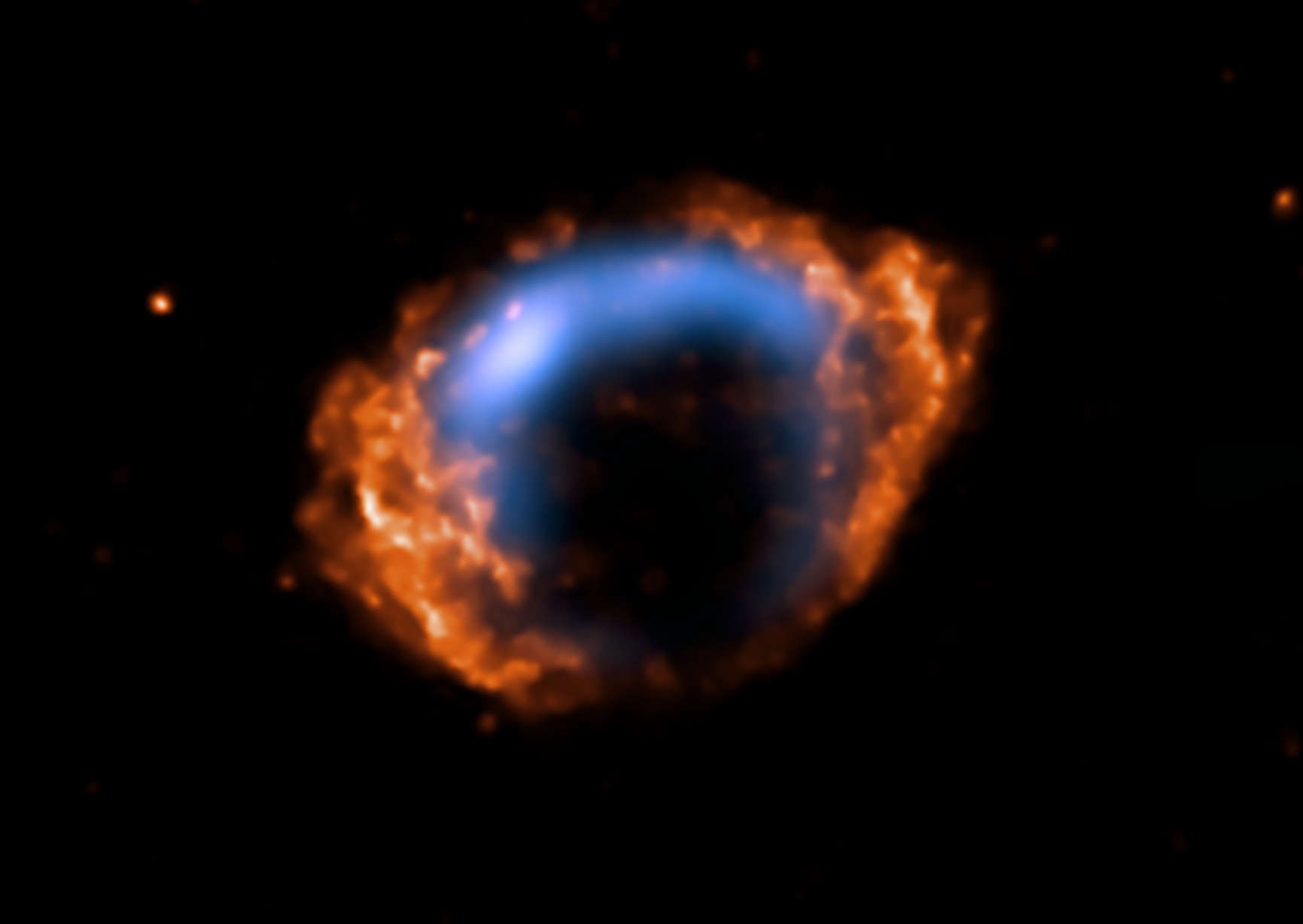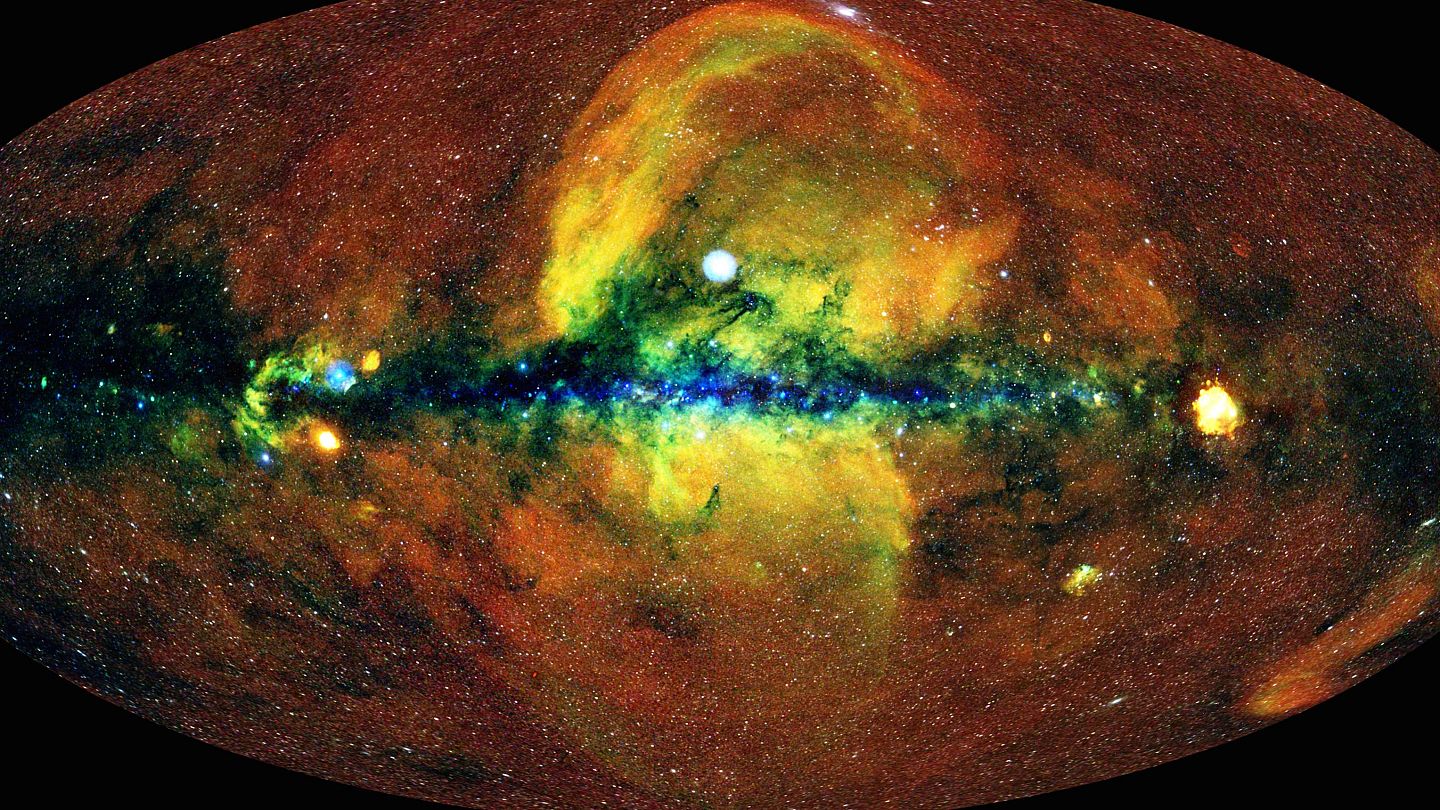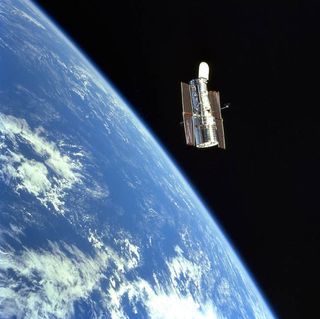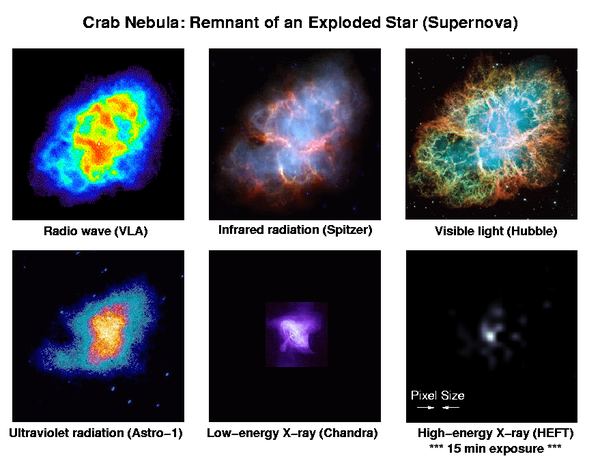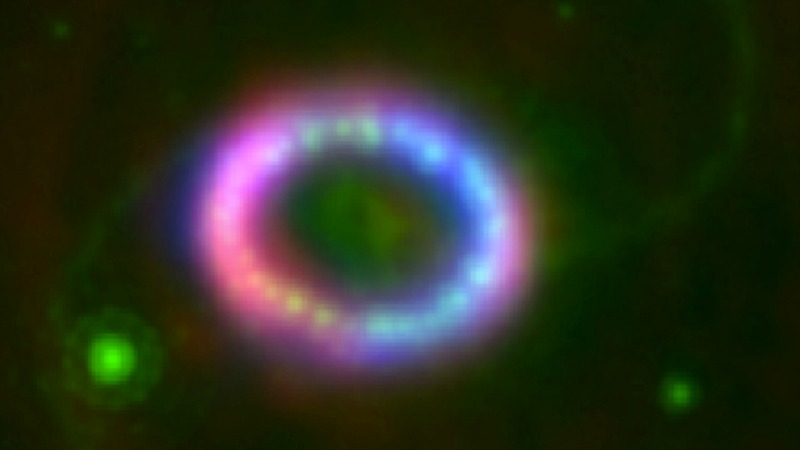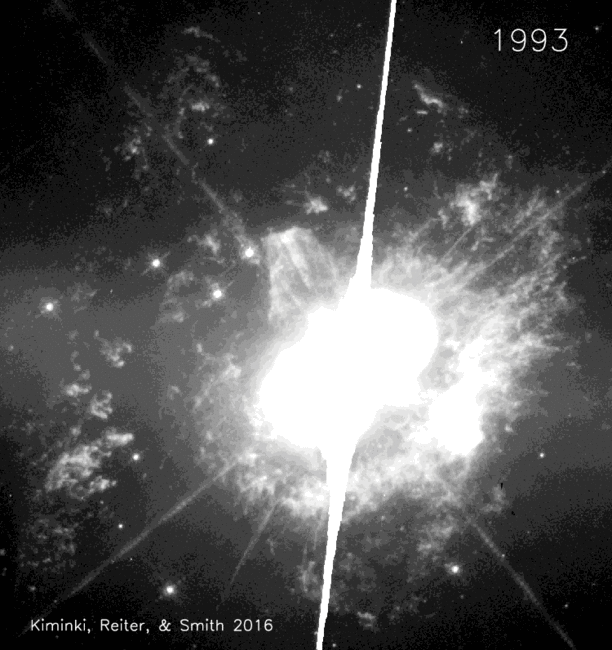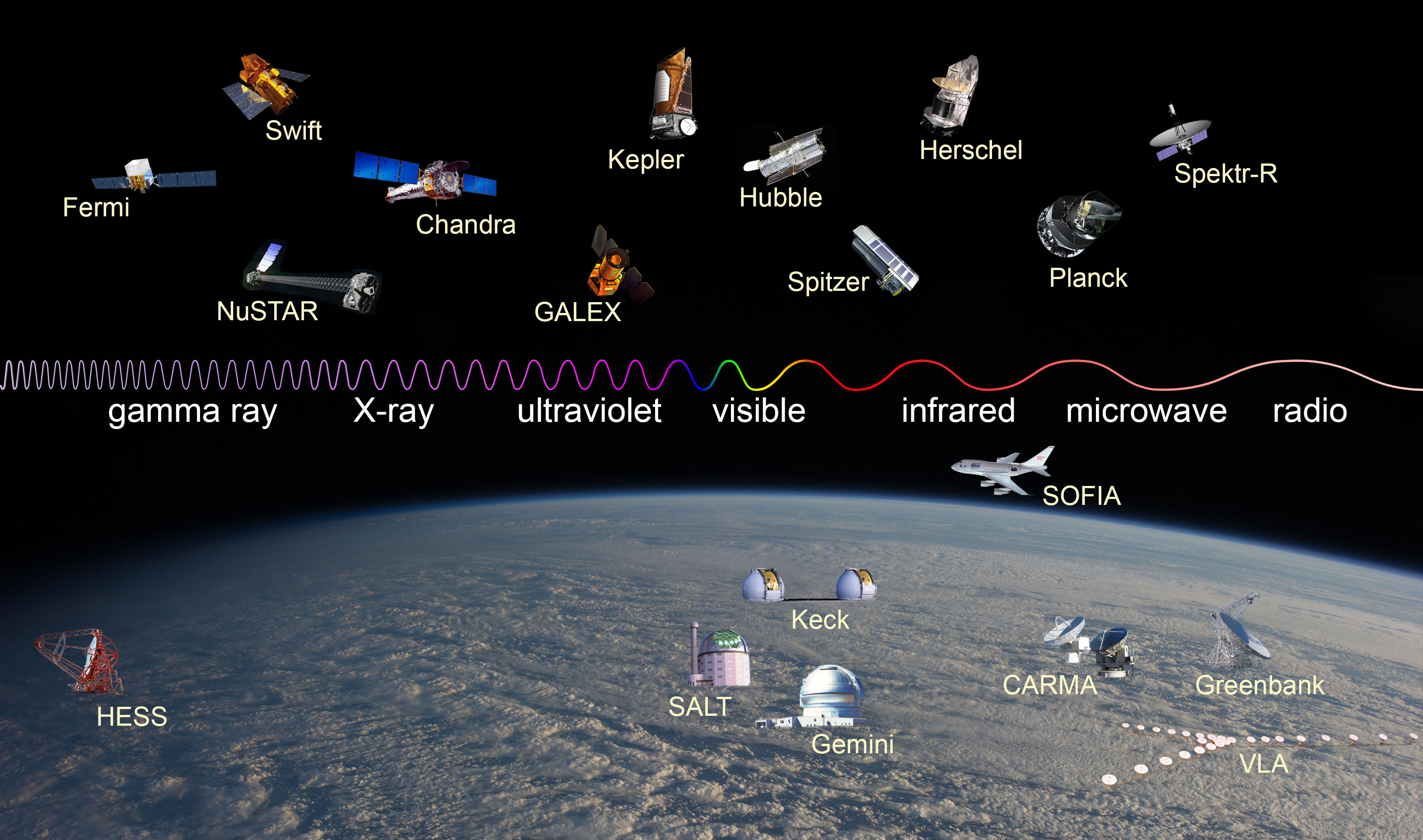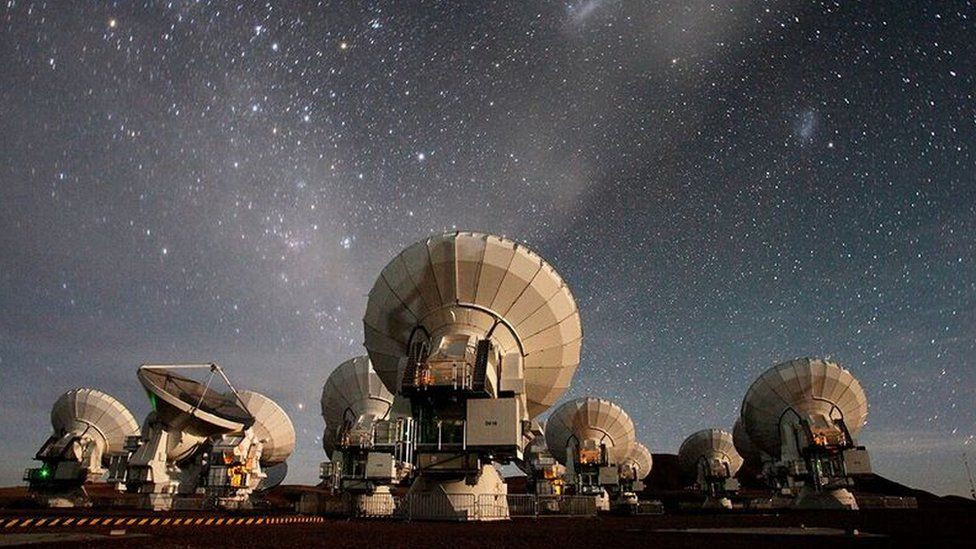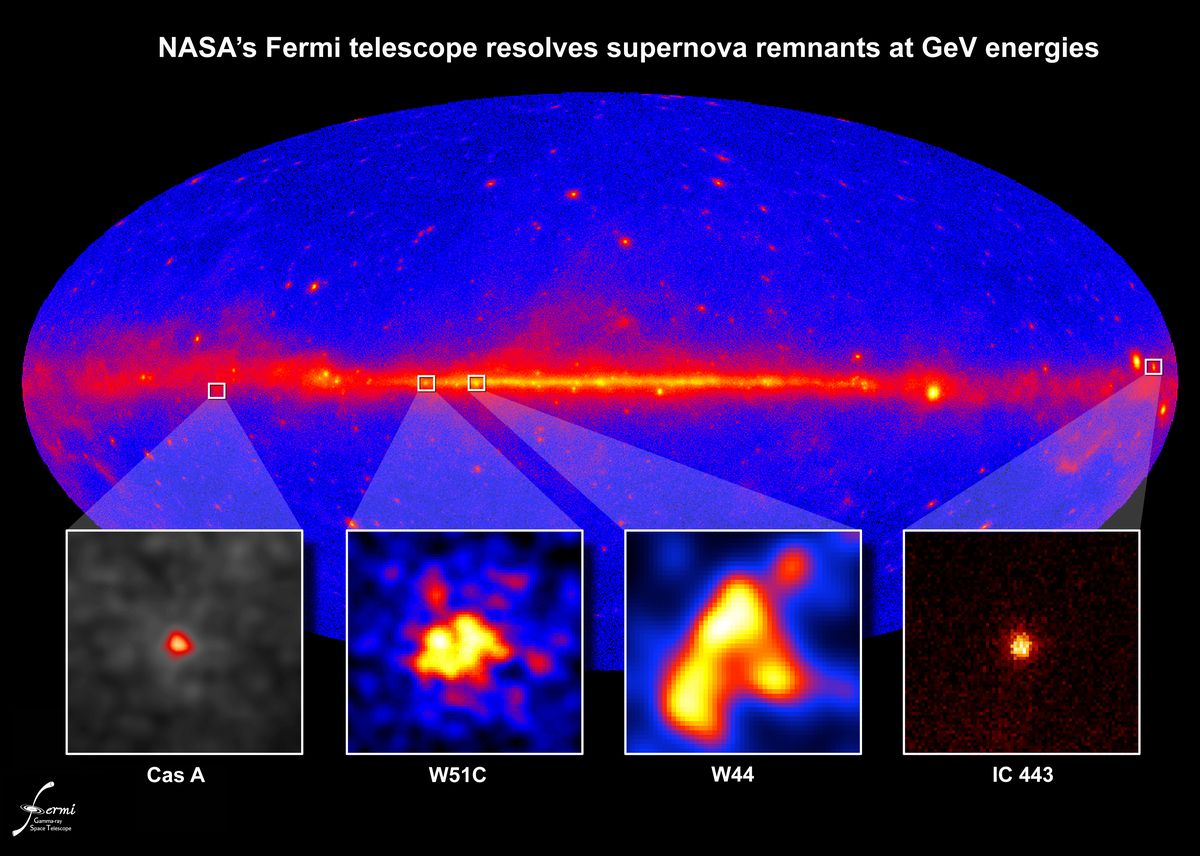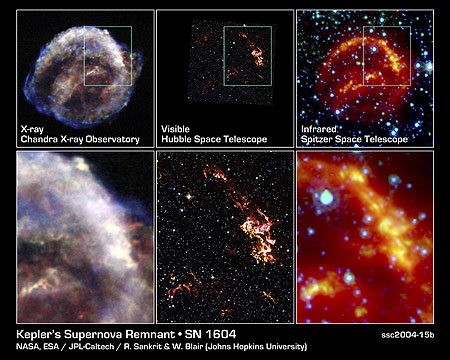
A 19th Century collage of current astronomical telescopes used for astronomy, a natural science that studies celestial objects and phenomena in order to explain their origin and evolution. Objects of interest include
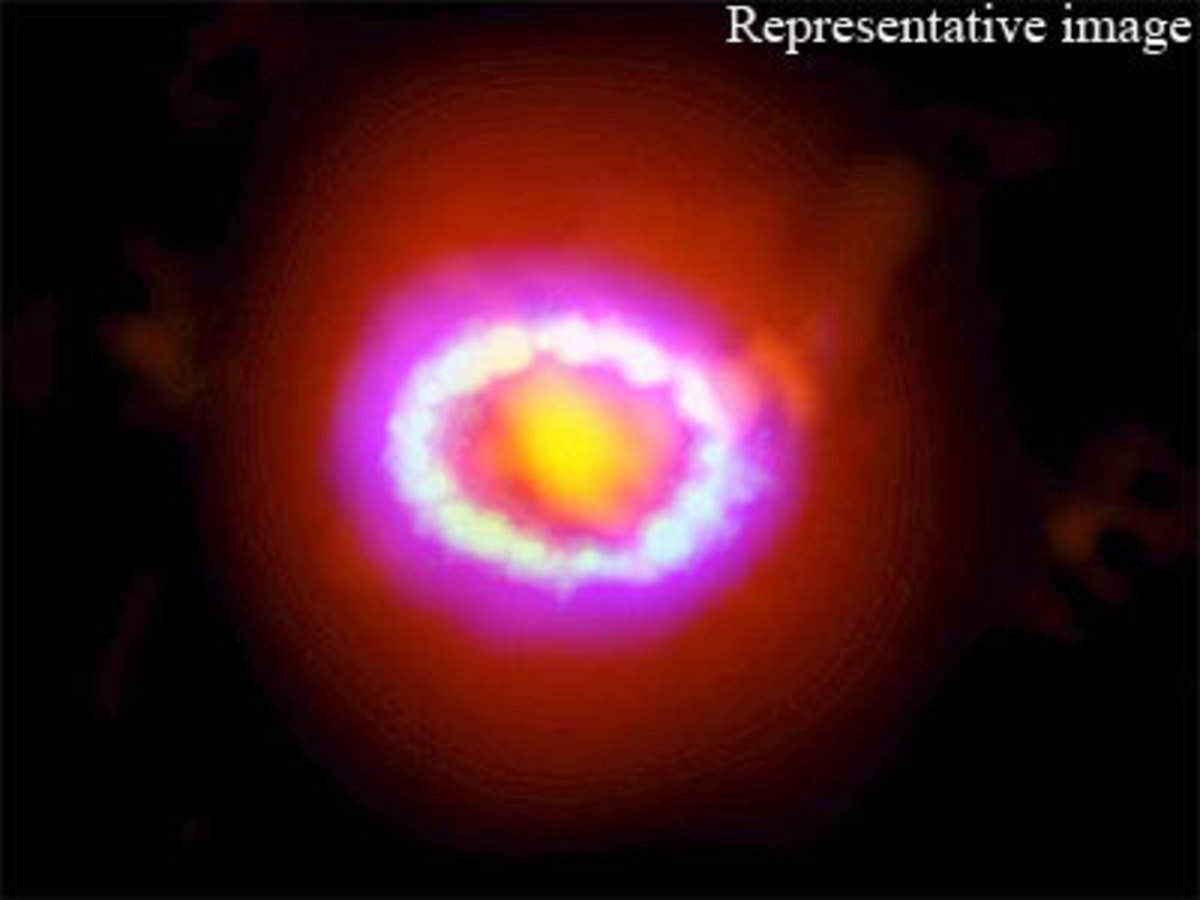
Astronomers peek through supernova using radio telescopes in Australia and Chile - The Economic Times
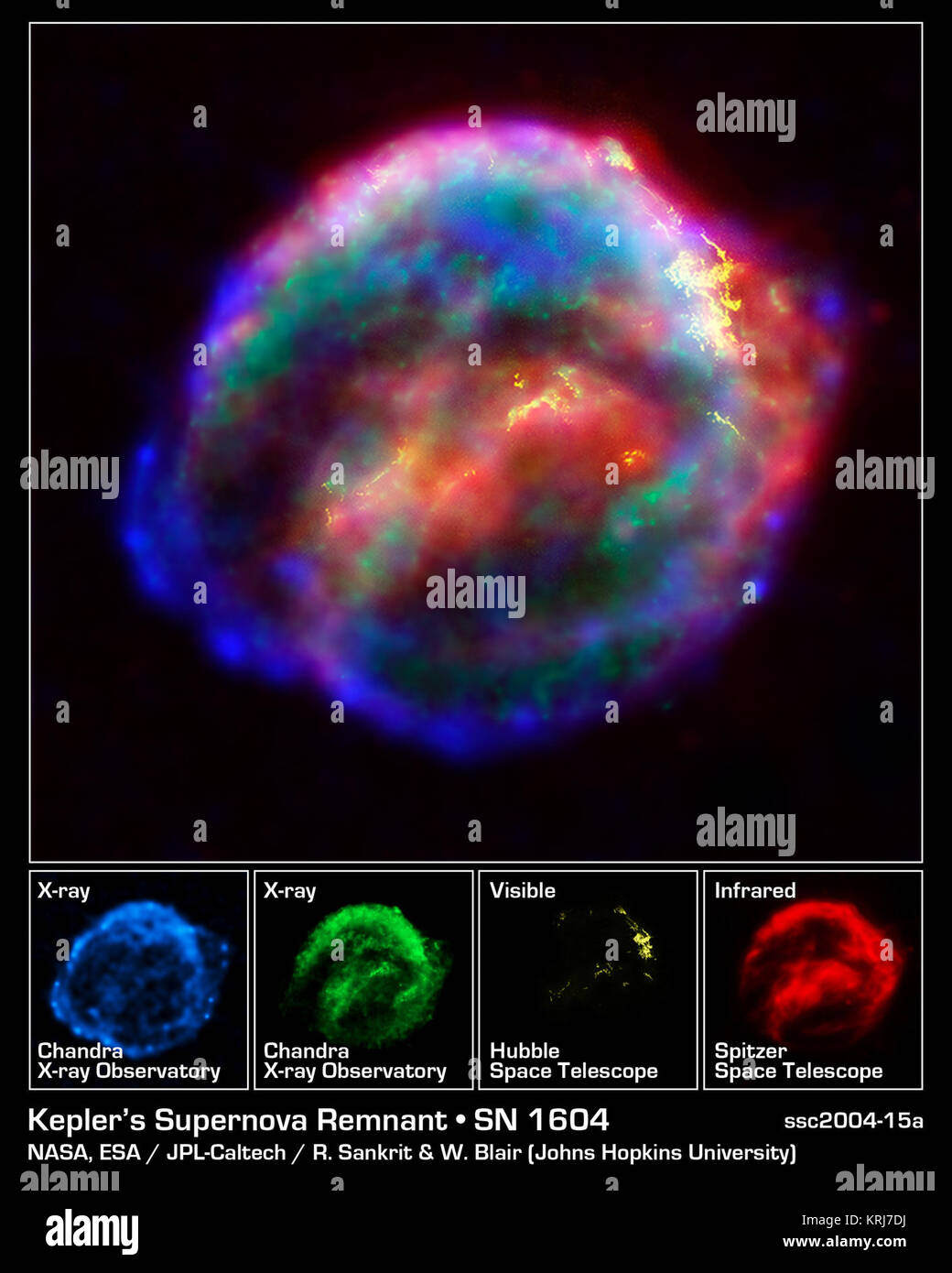
NASA's three Great Observatories -- the Hubble Space Telescope, the Spitzer Space Telescope, and the Chandra X-ray Observatory -- joined forces to probe the expanding remains of a supernova, called Kepler's supernova
